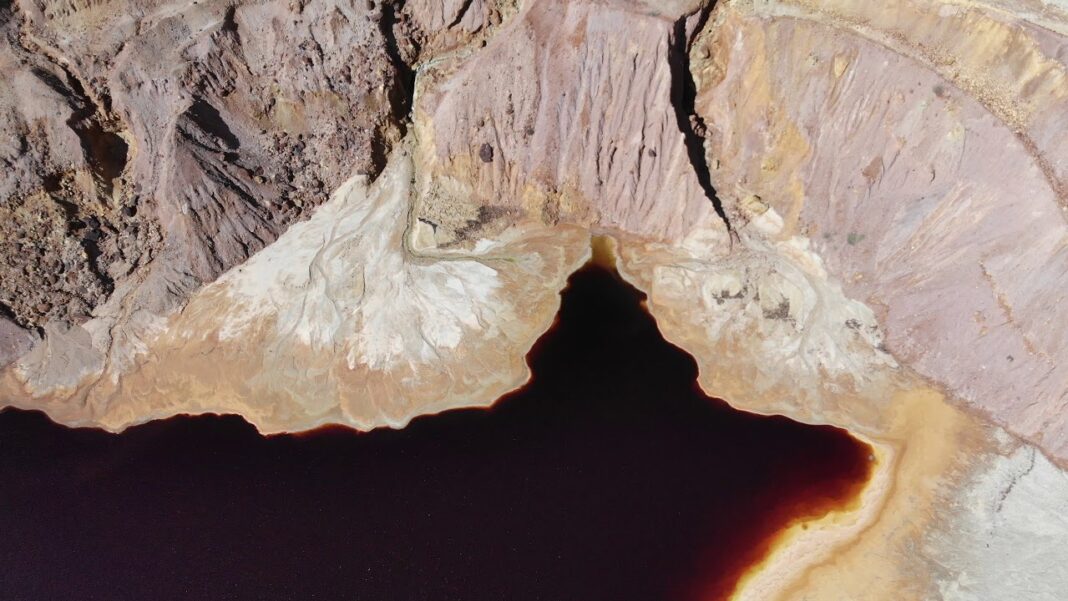There is a present time-frame in which humanity currently resides—the here and now—consisting of the days, hours, minutes, and seconds in which men, women, and children wake in the morning and go to sleep at night. There is also a future time-frame, which exists hopefully in the minds of those same people who live in the present but look forward to awakening to another day—a better day than they had the day before.
This day-before is the inevitable past time-frame that becomes immutable history after a single micro-millisecond of an event in the present time-frame elapses. This past, present, and future form the combined continuum of the clock of human history that has been symbolically ticking ever since the advent of the first sundial or hourglass.
For example, an ancient Sumerian artisan might have awoken alone one morning six thousand years ago and begun the arduous process of crafting a pot from which to drink water. He or she began making the pot one moment in the present and finished the pot hours later. The true history of the events that occurred in the making of that pot began and ended the moment the person commenced and finally finished the work.
The only true and exact historical record of the making of that pot could have only come from the ancient Sumerian worker who crafted it. Only such a true record of the past could reveal who made that pot, whether by a man or a woman, and how it was made—if, perchance, it were discovered and excavated by an anthropologist six thousand years later.
Actually, during any epoch of human history, the amount of time separating the commission of a human act from later public knowledge and accurate description of it is not half as important as the veracity of the diligent, honest historians bringing it to public light. Regardless of the amount of time that has gone by, past events remain largely conjecture and mystery until proper research is done to uncover the factual truth about them.
Whether one hundred, two hundred, five hundred, or a thousand—or more—years have elapsed since an event happened, the people who witnessed it may have written letters to their literate friends and associates about the facts that actually occurred. These documents would constitute what are called primary historical records. Journalists’ articles in books, newspapers, magazines, and other periodicals written about the event at the time, and mainly during the first two decades directly following it, are regarded as secondary historical records. These historical records are found in library archives called the stacks and on microfilm.
Let’s suppose that an illegal, corrupt act is planned step-by-step in the minds of several sinister people who are regarded publicly as good, decent citizens. Their purpose is to cause certain egregious events that will precipitate an eventual war, altering the course of government. Such was the infamous Reichstag fire of February 27, 1933, covertly and conspiratorially planned by the German Nazi Party in Berlin.
Its purpose was to frame and blame the German communists for the act, convincing the German public that the communists were guilty. This deception propelled the Nazis to total power. If such a conspiracy—any criminal conspiracy—is ultimately successful, and if the public is deceived by an illicitly controlled printed and electronic media, then what is as black as sin may be falsely portrayed as pure as snow. It might take years or even decades before the true facts about such a heinous act are known and publicly revealed.
Therefore, the past and the present are vitally important to understand as a continuum of truthful, salient facts in order to properly determine the course of an indeterminate future. A wise philosopher, George Santayana, said in 1905 that “those human beings who cannot, or will not, remember the past are doomed to repeat it.” Later, Santayana rephrased this aphorism: “the one who does not remember history is bound to live through it again.”
As people everywhere study world history, they quickly realize that the true facts of the past constantly influence and shape the present in order to determine the future. Meanwhile, men and women with criminal minds—who may be smugly regarded by the media as honest and decent—are always secretly planning scurrilous events that have worked well in the past to cause tragedy in human affairs. Bank robbery, embezzlement, kidnapping, and murder are all criminal conspiracies wrought through illegitimate planning. Government conspiracy is not much different.
Wise, reasonable citizens of the American electorate don’t have to be professional historians to study the true facts of recent and distant history in order to determine the rightness or wrongness, the legality or illegality, or the constitutionality of laws and legislations of Congress and State legislatures. Their task is to see whether these laws conform to the highest law of the republic—the U.S. Constitution.
The Constitution was written by the Framers to be read and understood by average, reasonable citizens. Even if scurrilous legislations were orchestrated in 1913, if they violated then—and still violate—the unamended mandate of the U.S. Constitution, they are ultimately wrong and should be eradicated from government.
Awakening suddenly to crucial truths of history that have long been forgotten or ignored is as refreshing to the stale mind of people suffering from intellectual stupor as walking from an arid desert into an aromatic garden of roses. Imagine the stark effect of an entire electorate of liberty-loving Americans suddenly awakening to such important but forgotten truths!







